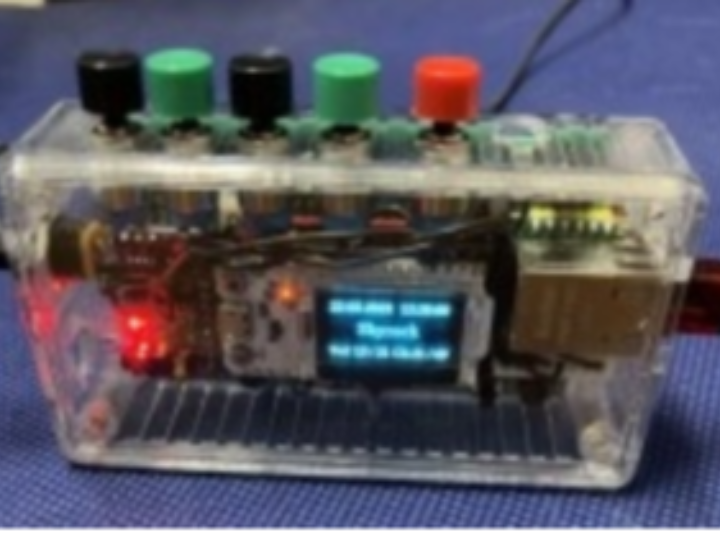Wired Ethernet Radio
This new project is derived from a previous project (ESP32 Radio) and shows the use of a wired Ethernet link.

The article titled "Wired Ethernet Radio" is a fascinating project that demonstrates the use of a wired Ethernet link in the context of a radio device. The author, Yves Bourdon, first shared this project on Elektor Labs on May 8, 2023, with the latest update provided on May 22, 2023
This project is a successor to a previous work, the ESP32 Radio, and was undertaken in response to queries from many readers about the feasibility of a wired Ethernet connection as an alternative to WiFi. Upon realizing the challenges many people faced in using the LAN8720 or W5500 chips, the author decided to address the issue by creating a new model
The new model incorporates a standard ESP32WROOM-32D module, a small 128x64 pixel OLED display, a LAN8720 Ethernet interface, or a W5500 Ethernet interface, a PCM5102 type I2S audio interface, a VS1838 IR sensor, a red LED indicating the correct reception of an IR code, and 5 keys (Mute, VOL+, VOL-, CH+ and CH-). To ensure compatibility, the software from the ESP32 WIFI radio was modified to accommodate this new hardware. An additional program flag was introduced to define the operating mode (Ethernet or WiFi)
For optimal functionality in Ethernet mode, the author suggests a small modification to the LAN8720 module. The author provides a detailed explanation of the modification process, which involves using IO17 (4K7 pull up to +3V3) to prevent the module from sending a clock signal to IO0 (4K7 pull up to +3V3) of the ESP32 until it is initialized to the high state in the setup. The NC (not connected) pin of the module is used for this purpose
The Wired Ethernet Radio has been tested and performs excellently. The author notes that the Ethernet link significantly enhances the stability of the connection. Due to the limited reception buffer on the ESP32 owing to its memory size, the use of a wired connection helps avoid any reception quality issues. When connected to a good speaker (the author tested it with the Devialet Phantom), the sound output is superb, with no background noise reported
In conclusion, the author's inventive use of the WIZnet W5500 chip in the Wired Ethernet Radio project offers an excellent example of the possibilities presented by this cost-effective and versatile Ethernet controller. It allows for stable and high-quality audio reception, showcasing the potential of wired Ethernet connections in audio devices.
